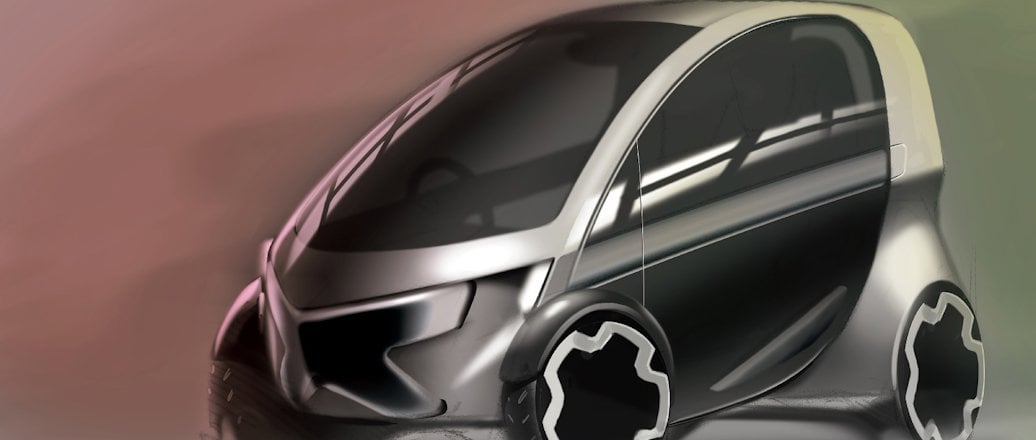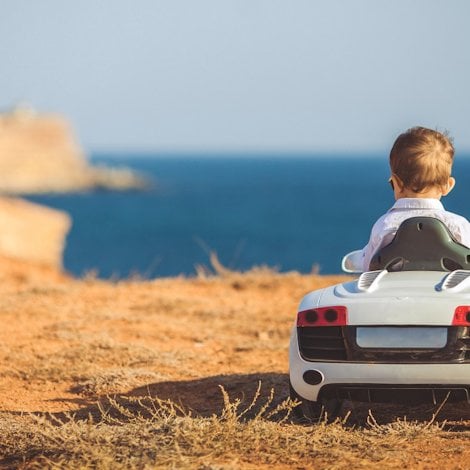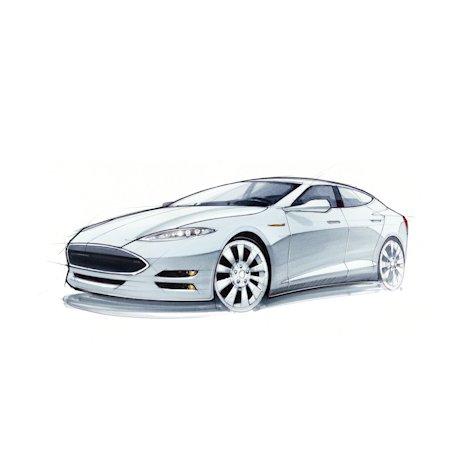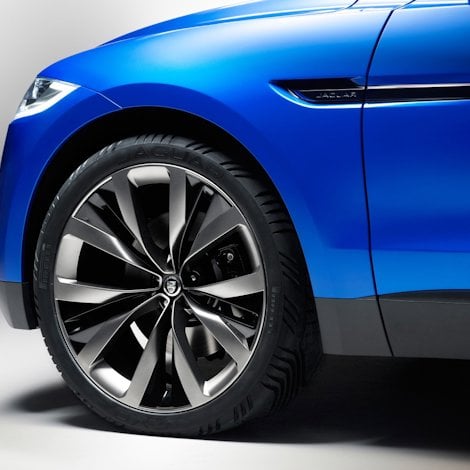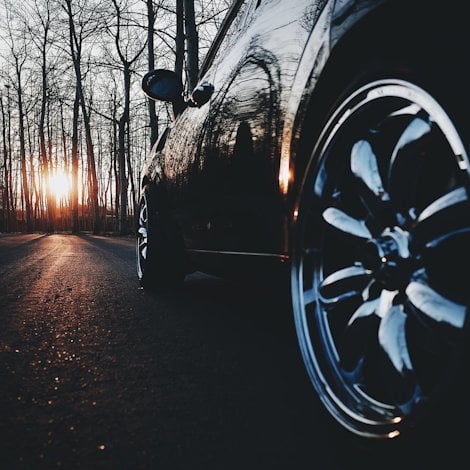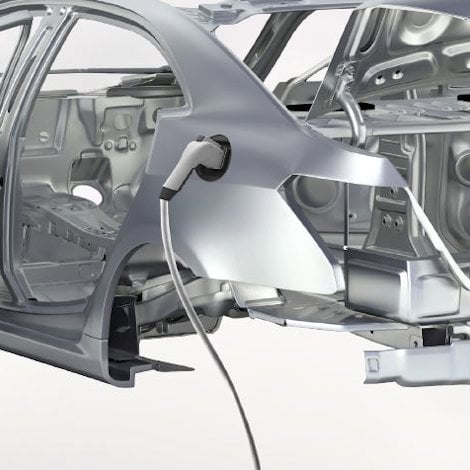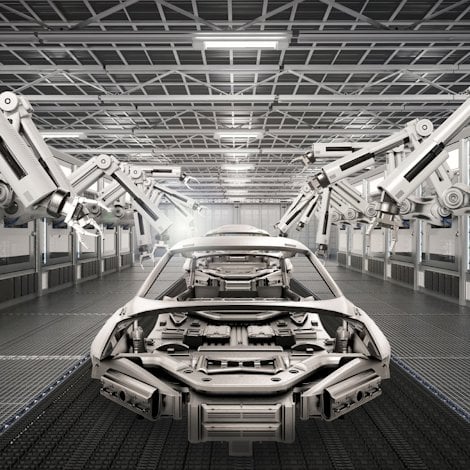How aluminium can improve passive safety of L7e vehicles
Can electric micro-cars become important to the smart cities of the future? I think they can at least enter the discussion, considering the surge in urbanization and the trend toward sustainability. We have to make these cars safer first, though.
With 75% of Europeans now living in urbanized areas, lightweight electric micro-cars of the L7e-class could become space-friendly solutions for getting people from A to B. But there are some points that will need to be ironed out with these small automobiles.
For instance, the safety requirements for these vehicles are quite low today, and consumers are going to want the cars to be just as safe as larger vehicles. We need to be able to provide them with that safety.
Properties of aluminium match L7e-class needs
How do you make a car in the L7e-class a safe car for passengers? The German research institution Forschungsgesellschaft Kraftfahrwesen mbH in Aachen (fka) teamed with the Norwegian aluminium company Hydro on a collaborative project aimed at finding a solution.
Aluminium played the starring role in this concept, because its properties match the L7e-class needs.
Excluding the battery, L7e cars have a weight limit of 450 kg. Using aluminium for the entire body combines low material weight with excellent structural properties and high energy absorption.
A one-box design, with intensive use of closed-section aluminium profiles, enables optimal use of space and minimizes production costs. The chassis in the concept vehicle features a McPherson front axle with a mirrored front axle variant in the rear. The drive train comprises a three-phase asynchronous motor delivering 13 kW.
Clever use of aluminium increases passive safety
The main challenges in this concept car were the short deformation zones and the 450-kg weight limit. This required an optimized structural design that was subjected to rigorous crash test modeling.
The structural integrity of the battery system was a priority, too, but more important was passenger safety. Since large loads are primarily carried into the floor structure in the case of frontal and rear impact, multi-chamber extruded profiles have been integrated in the battery housing.
Further, the side door forms the outer energy-absorbing structure in a side impact, using a sheet-metal shell construction supported by extruded and bended profiles. Despite the small deformation zones, the concept's optimal load distribution keeps acceleration levels low.
The project proved that with the clever use of aluminium, you could greatly increase the passive safety of L7e vehicles to C-segment standards. Which would likely be the norm for this type of sustainable personal mobility solution in future.

